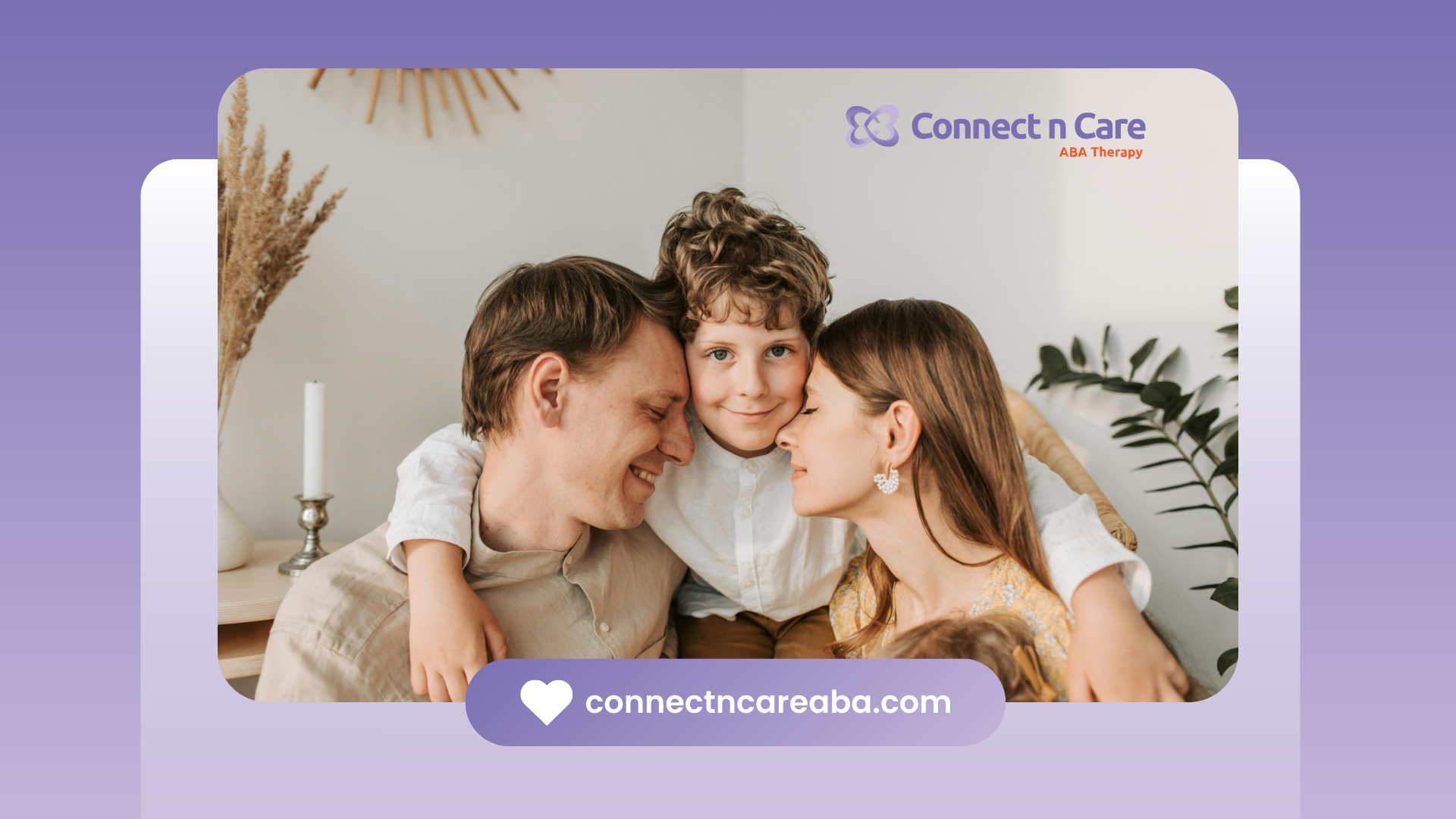The term “high functioning autism” has fallen out of favor because it oversimplifies the complex experience of autism and can be misleading. Originally, it described autistic individuals with average or above-average intelligence and fewer support needs. However, this label often ignored ongoing challenges with communication, sensory issues, and daily living skills that many still face.
The change came with the DSM-5 update in 2013, which replaced subcategories like “high functioning autism” with a broader diagnosis called Autism Spectrum Disorder (ASD). Now, professionals categorize autism based on levels of support needed—Level 1 (some support), Level 2 (substantial support), or Level 3 (very substantial support)—focusing on personalized care rather than oversimplified labels.
Many in the autism community find “high functioning” stigmatizing and unhelpful, as it can minimize real struggles and create barriers to getting proper support. The shift encourages a more individualized approach that respects each person’s unique strengths and challenges.
At Connect n Care ABA in North Carolina, therapy is tailored based on each child’s needs without relying on outdated labels. Contact us today to schedule an assessment and learn how personalized ABA therapy can support your child’s growth.
FAQs
Why is high functioning autism no longer used?
It oversimplifies autism and ignores ongoing challenges many face.
What term is used instead of high functioning autism?
Autism Spectrum Disorder (ASD), with support levels based on needs.
Does the change affect diagnosis or therapy?
No, it improves personalized care by focusing on individual strengths and challenges.
Is “high functioning” considered stigmatizing?
Many feel it minimizes struggles and creates barriers to support.
How can I get support for my child now?
Contact Connect n Care ABA in North Carolina for tailored ABA therapy.
Sources:
- https://www.webmd.com/brain/autism/high-functioning-autism
- https://www.ncbi.nlm.nih.gov/books/NBK519711/
- https://www.nimh.nih.gov/health/topics/autism-spectrum-disorders-asd
- https://www.autismspeaks.org/levels-of-autism
- https://www.oxfordcbt.co.uk/level-2-autism/
- https://jocondon.co.uk/understand-the-levels-of-autism/









